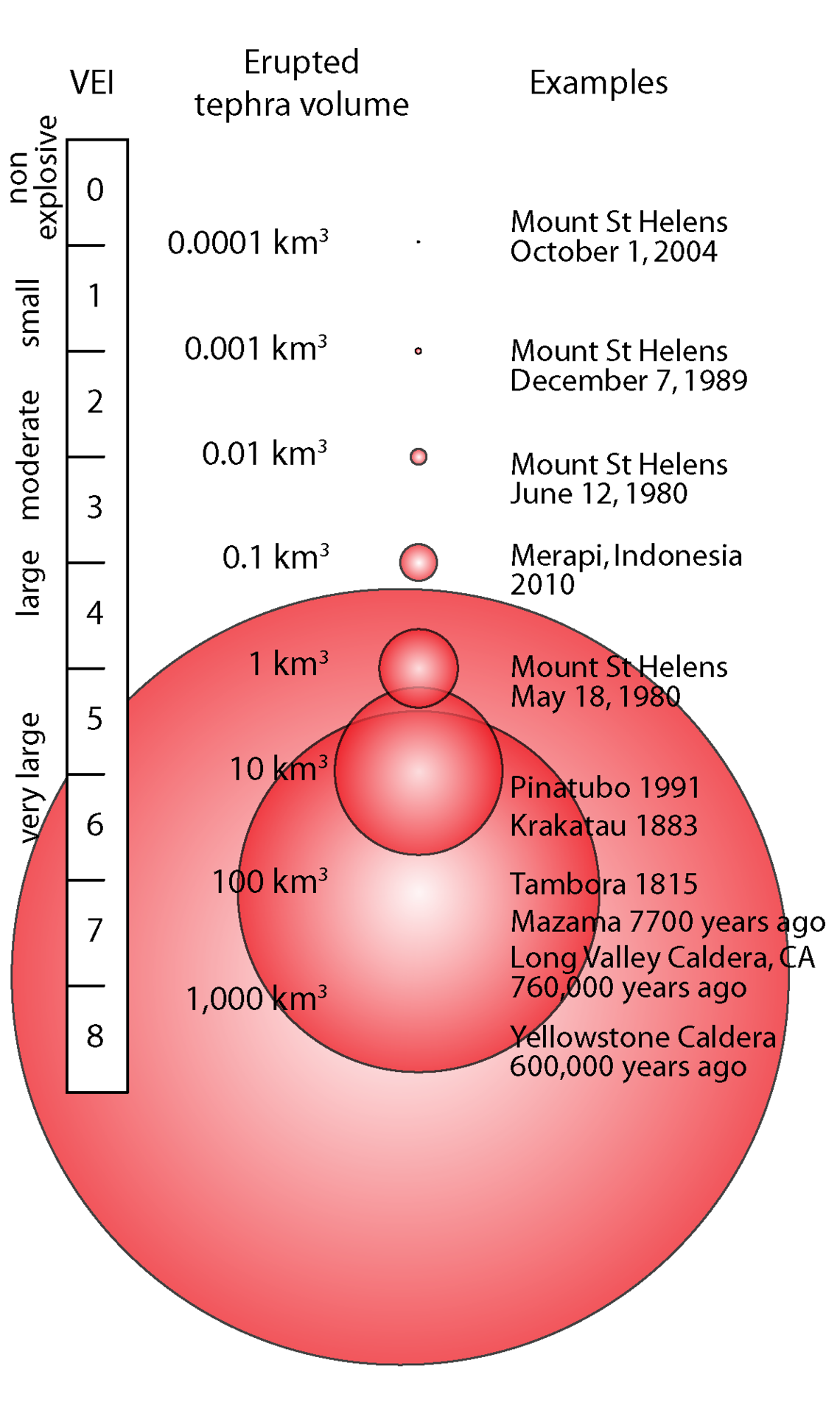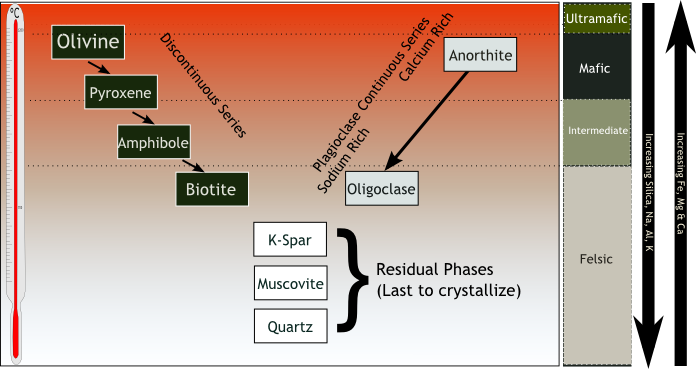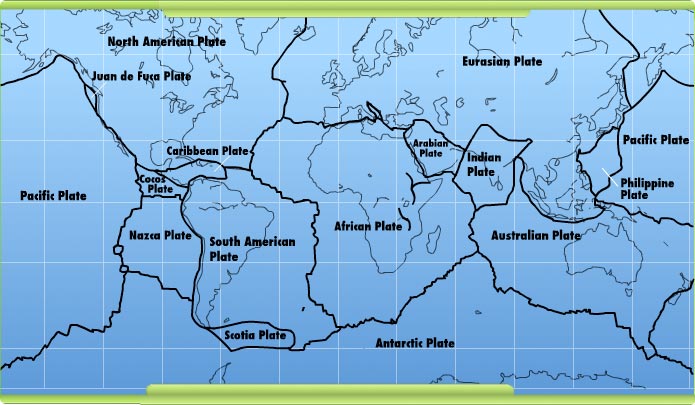


Some of the topics that will be covering is an introduction to volcanic eruptions, potential dangers, volcanic impacts, knowledge and preparation of what to do before, during and after a volcanic event.
In dept discussions and information.
Password ERTH



https://vog.ivhhn.org/vog-and-wind-forecasts
Volcanic gas and particulate data and forecast. Uses volcanic gas emission rates and wind field data to model and predict the concentration and dispersion pattern of volcanic SO2 and sulfate particles.


Send comments to: Secrets of Success Coordinator
808.734.9206 | Office: Lama 112 | Established July 17, 2002 | © 2025. All Rights Reserved